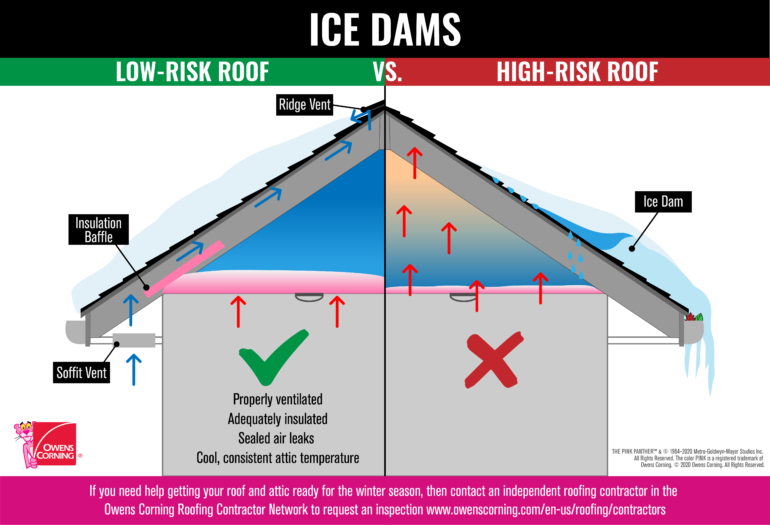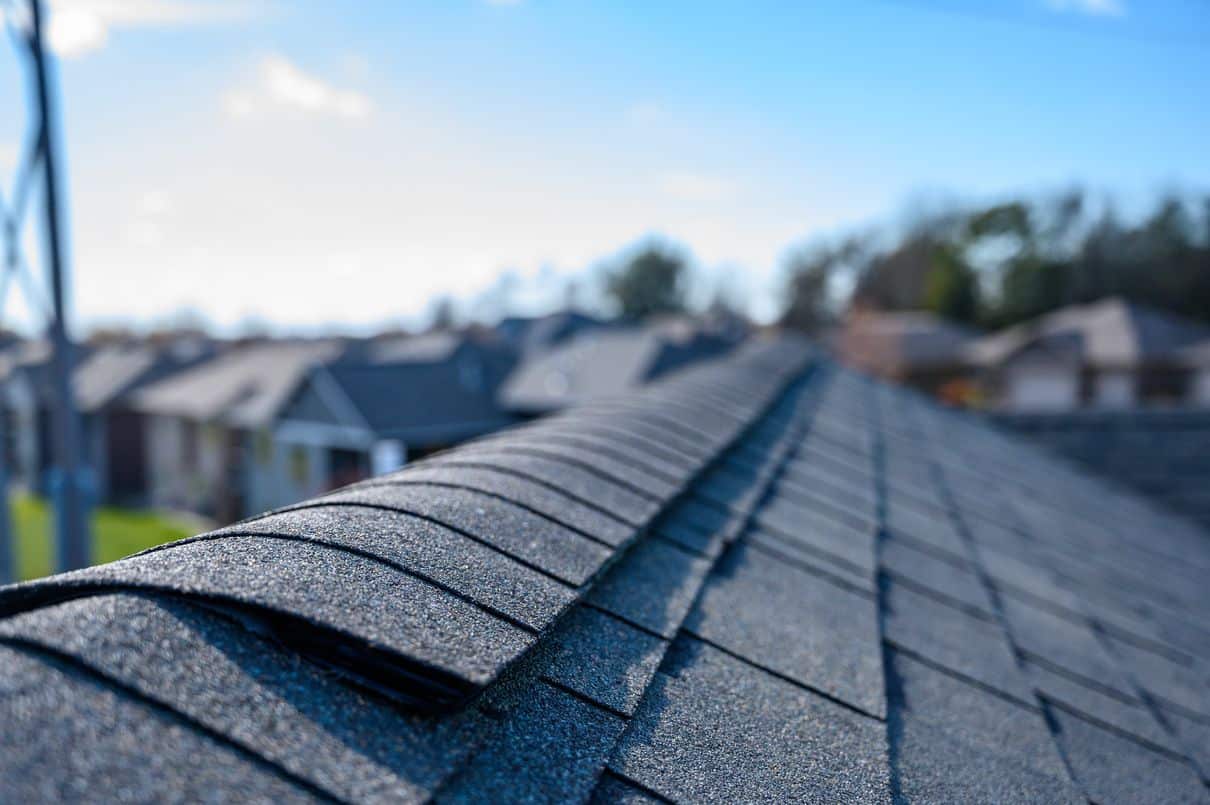Proper Attic Ventilation: A DIY Guide to a Healthier Home
The Importance of Attic Ventilation
Ensuring proper attic ventilation is a crucial aspect of maintaining a healthy home. The attic plays a significant role in regulating temperature and moisture levels throughout your house. Without adequate ventilation, various issues can arise, including mold growth, energy inefficiency, and damage to roofing materials.
Signs of Inadequate Attic Ventilation
Before delving into the DIY methods of improving attic ventilation, it’s essential to recognize signs of insufficient airflow. Keep an eye out for excessive heat buildup, moisture condensation, and musty odors. These indicators suggest that your attic may not be ventilating effectively, leading to potential problems down the line.
Assessing Your Attic Ventilation Needs
Start by assessing your current attic ventilation setup. Measure the attic space, calculate the total ventilation area required, and ensure a balanced distribution of intake and exhaust vents. This initial evaluation lays the foundation for implementing effective DIY ventilation solutions.
Installing Soffit Vents for Intake
Soffit vents are essential for allowing fresh air to enter the attic. Install these vents along the eaves of your roof to provide continuous airflow. Soffit vents work in conjunction with other ventilation components to create a balanced system, preventing the attic from becoming too hot and minimizing the risk of moisture-related issues.
Adding Ridge Vents for Exhaust
Ridge vents are installed along the peak of the roof to allow warm air to escape. This continuous exhaust helps maintain a consistent airflow from the soffit vents to the ridge vents, promoting effective ventilation. Ridge vents are an integral part of a balanced attic ventilation system and contribute significantly to temperature regulation.
Utilizing Gable Vents for Cross Ventilation
Gable vents are located on the sides of the attic, typically near the roof peaks. These vents facilitate cross ventilation by allowing air to flow in through the soffit vents and out through the ridge vents. Creating a cross-ventilation system enhances the efficiency of attic ventilation, preventing heat and moisture buildup.
DIY Attic Fan Installation
Attic fans can be a valuable addition to your ventilation system. These fans help expel hot air from the attic space, especially during the warmer months. Installing a solar-powered attic fan is an energy-efficient option that can further reduce your home’s environmental impact.
Sealing Air Leaks and Adding Insulation
In addition to improving ventilation, address air leaks and inadequate insulation in your attic. Sealing gaps and adding insulation can enhance the overall energy efficiency of your home. This step is essential for maintaining a comfortable indoor environment and reducing the workload on your HVAC system.
Maintenance Tips for Long-Term Efficiency
Once you’ve implemented your DIY attic ventilation improvements, regular maintenance is key to ensuring long-term efficiency. Inspect vents, fans, and insulation periodically, especially after severe weather. Clear debris and keep an eye out for any signs of damage to guarantee your system operates optimally.
Enjoying the Benefits of Proper Attic Ventilation
By taking the initiative to ensure proper attic ventilation yourself, you’re not only preventing potential issues but also enjoying a more comfortable and energy-efficient home. The balanced airflow achieved through DIY solutions contributes to a healthier living environment, making your investment in attic ventilation both practical and rewarding.
For more detailed guidance on DIY attic ventilation, visit Ensure Proper Attic Ventilation Yourself.



















